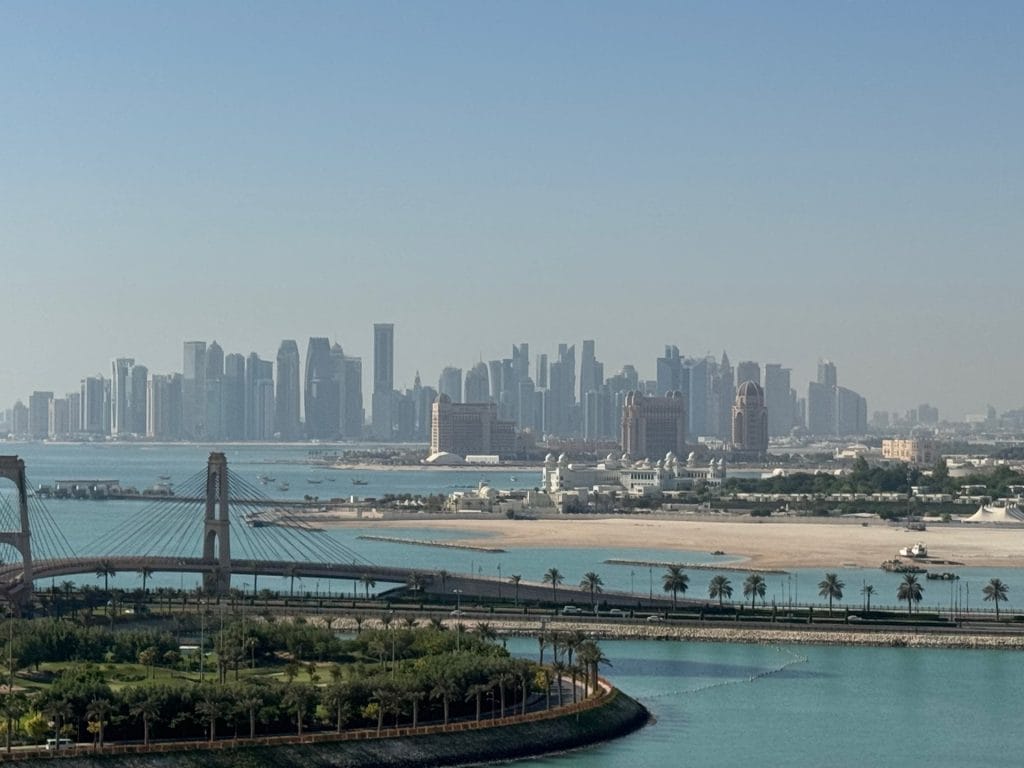
The situation in the Middle East is in flux. First, the “peace plan” presented by US President Trump to conclude the war with Israel is now being considered by Hamas , as the situation in Gaza has become unsustainable from a humanitarian perspective. Around 60,000 Palestinians, of which maybe 20,000 are children, have been estimated to have died since Israel started the occupation of the territory almost two years ago.
Trump said that if Hamas does not accept the pact, and does not free all the remaining hostages, they will experience “hell.” If Hamas refuses the plan, Israel would certainly continue its occupation of the Gaza strip and would continue conducting its operations in the West Bank as well. Arab countries are putting pressure on Hamas to accept, even if the plan is clearly imperfect and unbalanced. But the continuation of the conflict would also be highly undesirable.
The plan has materialised during the recent visit by Israeli PM Benjamin Netanyahu to the US, on the occasion of the UN general assembly. This was also the occasion for bilateral meetings with Trump, who reportedly expressed frustration for not having been able to conclude this conflict and – in particular – for the recent, ill-conceived Israeli attack in Doha, Qatar – a close ally of the US. Netanyahu was forced to make a humiliating public phone call to the Emir Al Thani to apologise for the attack, which was also ineffective, as the leaders of Hamas were not eliminated by the strike.
Whether or not Al Thani accepted Netanyahu’s apology is unclear and to a very large extent irrelevant. Al Thani asked Trump for more tangible security guarantees, and obtained them to the fullest extent. With an Executive Order signed in the last few days, Qatar will enjoy a sort of NATO’s Article 5 guarantee: “The United States shall regard any armed attack on the territory, sovereignty, or critical infrastructure of the State of Qatar as a threat to the peace and security of the United States,” implying an immediate and proportionate response. In doing so, America has presumably just made Qatar the safest country in the Middle East.
Other countries will not enjoy the same level of protection and are looking for new partners able to provide the needed security guarantees, including the nuclear umbrella that they don’t have. This is the case of the recent pact between Saudi Arabia and Pakistan, which we discussed in depth in our recent article. Saudi Arabia and Pakistan’s Strategic Mutual Defense Agreement (SMDA) reflects Riyadh’s effort to diversify its security partnerships amid doubts about long-term U.S. commitment, without cutting ties to Washington.
The SMDA obliges both countries to treat aggression against one as aggression against both, encompassing “all military means,” potentially including Pakistan’s nuclear umbrella. The pact builds on a decades-long defense relationship dating back to the 1951 Treaty of Friendship and Pakistan’s military support to Saudi Arabia since the 1980s. Also this pact is the result of the geopolitical fallout from Israel’s strike on Hamas in Doha, which undermined the Gulf Cooperation Council’s trust in the US security umbrella. In itself this could provide some rebalancing of power in the region.
If these initiatives will come to fruition, it is possible that the Middle East may soon enter a new phase of reduced conflict. The real challenge will be for such a phase to last the test of time.